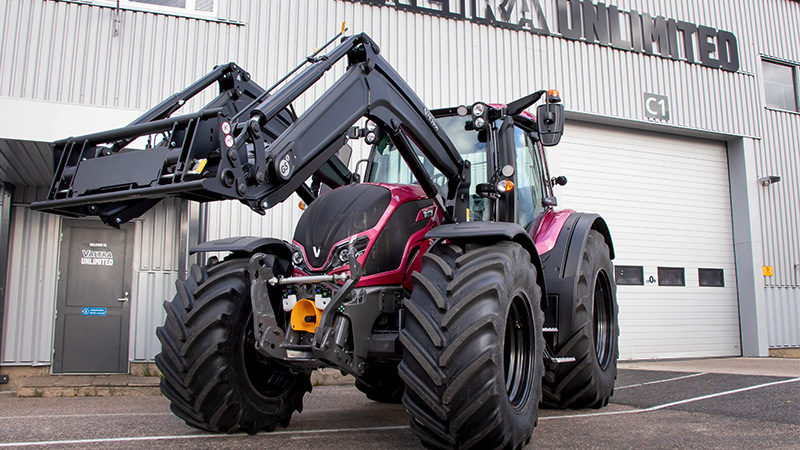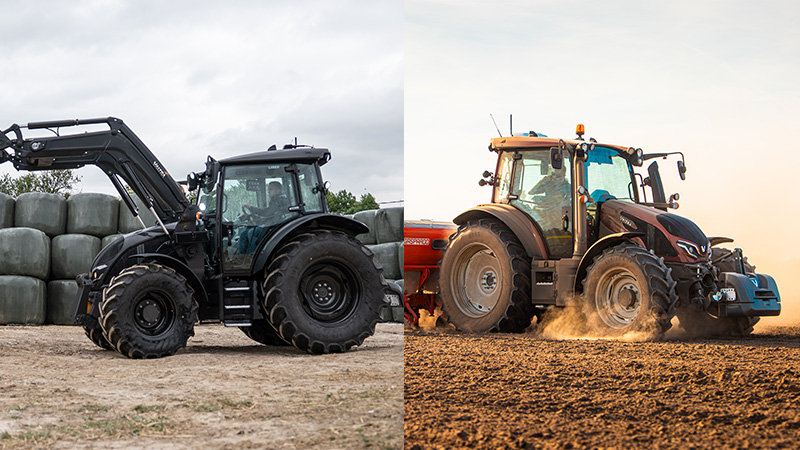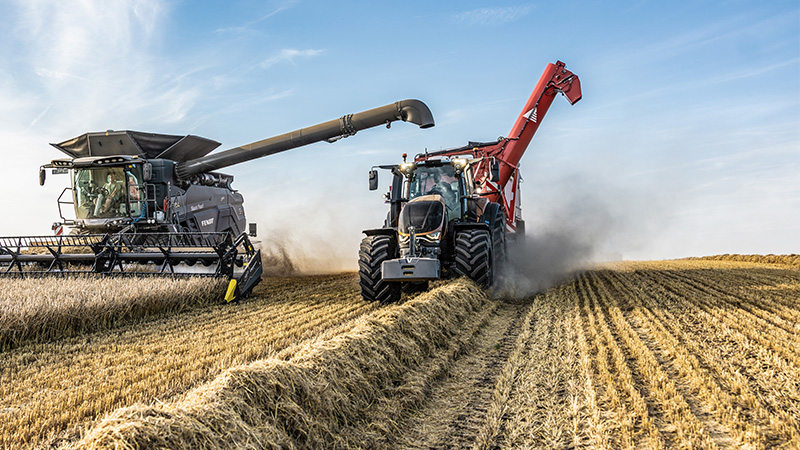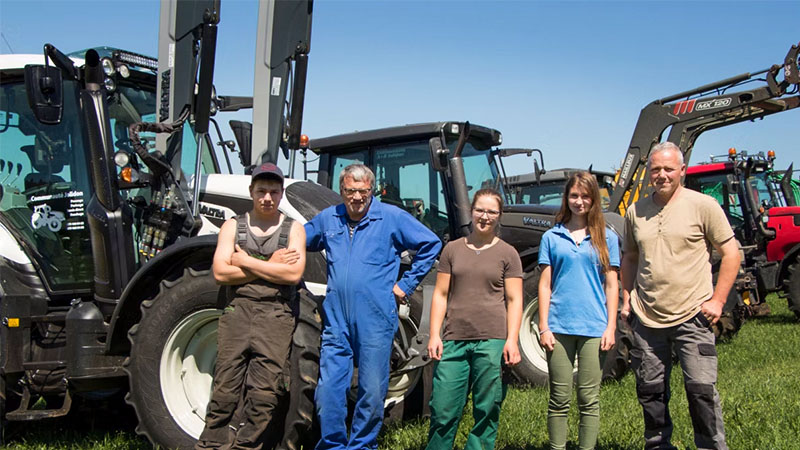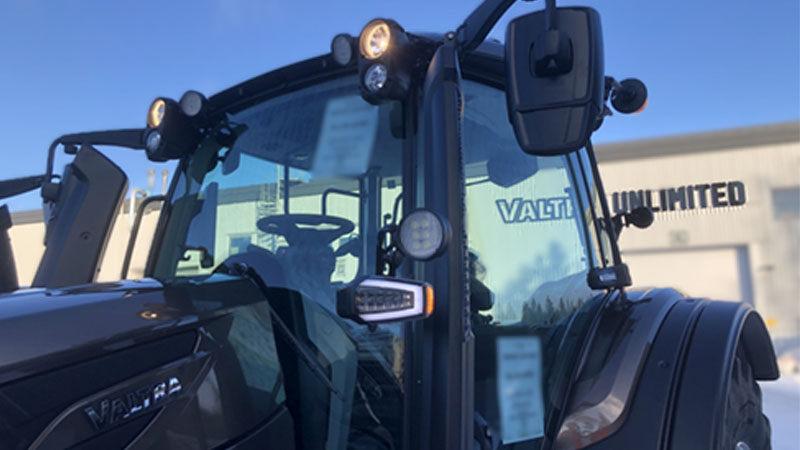Ploughing for 10 hours using a 233 kW tractor at 80% of maximum power requires: Approx. 540 kg of Diesel or 10,000 kg of Lithium-ion batteries
Internal combustion engines will continue to power heavy machinery well into the future, but the fuels they use will change. In addition, electricity could be used in the tractor’s powertrain in some form.
“We have studied nine different alternatives, from ethanol and hydrogen to hybrid and biogas solutions. We have been testing these in numerous tractors over the years and have decades of experience with ethanol, for example. It is difficult to predict future policies, but we base our own conclusions on the laws of physics,” says Kari Aaltonen, R&D Director at AGCO Power.
Many alternative fuels are suitable for passenger cars and light use but not for large tractors. For example, a 300-horsepower tractor would need a battery weighing more than 10 tonnes to last a 10-hour workday. Likewise, methane and hydrogen would require large round tanks that are difficult to place on a tractor. Ethanol has a better energy density than gases, but it also contains almost 40 percent less energy than diesel. In addition, ethanol requires a complex catalyst, cold starts are more difficult, and water can accumulate in the lubricating oil.
According to Kari Aaltonen, R&D Director at AGCO Power, the factory has studied nine different alternative fuels, from ethanol and hydrogen to hybrid and biogas solutions.
Diesel from hydrogen
Aaltonen believes that the alternative energy sources that will be the fastest to become available will be those that are compatible with the existing distribution network and machines. The service life of tractors and implements is tens of years, and replacing the current fuel distribution network will be difficult.
“Converting hydrogen to liquid fuel seems promising. When carbon dioxide is added to hydrogen, diesel can be produced that is carbon neutral. It is also easy to distribute and use.”
“Second-generation renewable biodiesels, such as Neste’s MyDiesel, are also a very good option. They are made from waste and are of better quality than fossil diesel. The problem is that there is not enough raw material to enable all the tractors in the world to run on it.”
While fully electric large tractors are very unlikely, various hybrid solutions may become more common.
“In the future, many different power sources may be used. Small tractors could potentially run on electricity, while machines used to feed livestock could run on biogas. We are studying all the different options and are ready to make the right solutions,” says Aaltonen •
“When carbon dioxide is added to hydrogen, diesel can be produced that is carbon neutral.”

